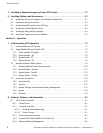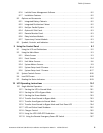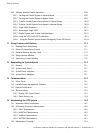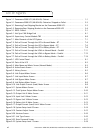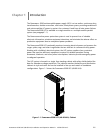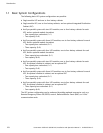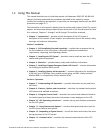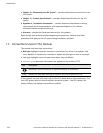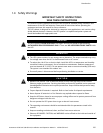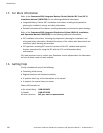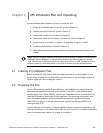Introduction
1-2
Powerware
®
9390 UPS (40–80 kVA) Installation and Operation Manual S 164201535 Rev C
1.1 Basic System Configurations
The following basic UPS system configurations are possible:
Ī Single module UPS and one to four battery cabinets
Ī Single module UPS, one to four battery cabinets, and an optional I ntegrated Distribution
Cabinet (IDC)
Ī Hot Sync parallel system with two UPS modules, one to four battery cabinets for each
UPS, and an optional module tie cabinet
- One capacity/one redundant (1+1)
- Two capacity (2+0)
Ī Hot Sync parallel system with three UPS modules, one to four battery cabinets for each
UPS, and an optional module tie cabinet
- Two capacity/one redundant (2+1)
- Three capacity (3+0)
Ī Hot Sync parallel system with four UPS modules, one to four battery cabinets for each
UPS, and an optional module tie cabinet
- Three capacity/one redundant (3+1)
- Four capacity (4+0)
Ī Hot Sync parallel system with two UPS modules, one to four battery cabinets for each
UPS, an optional module tie cabinet, and an optional IDC
- One capacity/one redundant (1+1)
- Two capacity (2+0)
Ī Hot Sync parallel system with three UPS modules, one to four battery cabinets for each
UPS, an optional module tie cabinet, and an optional IDC
- Two capacity/one redundant (2+1)
- Three capacity (3+0)
Ī Hot Sync parallel system with four UPS modules, one to four battery cabinets for each
UPS, an optional module tie cabinet, and an optional IDC
- Three capacity/one redundant (3+1)
- Four capacity (4+0)
The UPS system configuration can be enhanced by adding optional accessories such as a
Remote Emergency Power-Off (REPO) control, Remote Monitor Panel (RMP), or X-Slott
communication cards.



